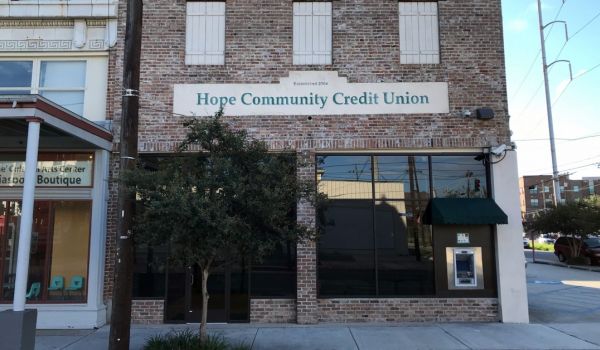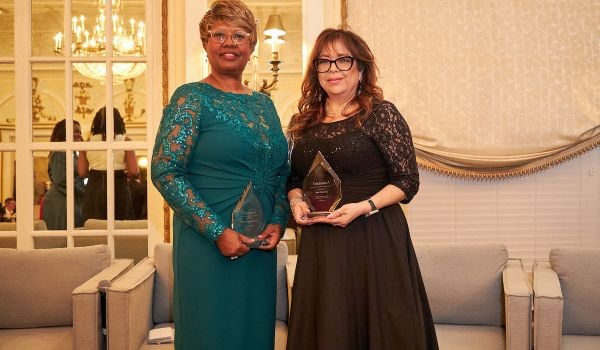CDFIs play a crucial role in building community wealth, but mission-driven lending can come with some added challenges. Some CDFIs and other minority-owned financial institutions, especially smaller ones, have trouble keeping up with the demand for their services, have increasing expenses, and struggle with access to capital. That’s where the National Community Investment Fund’s (NCIF) comes in. NCIF’s mission is to create opportunities for CDFIs, minority-owned banks and other mission-focused financial organizations.
“We believe that these institutions are anchors” that support underserved communities, says Saurabh Narain, president and CEO of NCIF, which is an impact investor and nonprofit investment fund based in Chicago. “If you want long-term change, we have to invest in and work with these anchor institutions.”
NCIF supports these organizations by providing capital investments and new business opportunities for mission-oriented banking organizations and research and data in the sector, and helps these financial institutions collaborate with investors, regulators and other stakeholders.
We spoke to Narain about how the 25-year-old organization identifies where capital is needed most, how to assess impact, and why mission-driving financial institutions are so important.
How do you identify where capital is most needed when deciding where to invest?
We created bankimpact.org, which is a way of identifying institutions that are working in low-income areas. It looks at branch locations of the bank and whether 50% or 60% of the branch locations are in a low-income area and information about the percentage of their home lending in low-income areas. That’s how we identify any bank in the country and their mission focus. CDFI banks are mission-oriented by virtue of their certification. So, it’s our effort to identify other institutions that may be mission-oriented, as well, and might be working in underserved markets.
How do you choose which institutions to work with?
We target people who are doing good work in low-income areas. We identify them through public information, but we also collect privately held information on their work, whether it is with minorities or low-income people. We have on our website the CDBI framework, which is a five-part test. We look at where they’re located, which is a market need.
Second, if they are in a low-income market, are they being responsive from a credit product’s perspective? The third criteria is: are they being responsive in terms of noncredit depository products, like bank accounts, credit cards and debit cards? What are the things that they’re doing to provide credit to their customers who are in low-income areas?
The fourth criteria is: what kind of non-financial products like credit counseling do they provide? And the fifth criteria is: are they entering into partnerships with local community organizations?
If a combination of those five factors comes up positive, we rate them on the impact scale and then we look at the financial performance.
What’s the purpose of going through this process?
We want to make sure that when we do equity investing, we are investing in banks that are strong financial performers. Then, we look at the financial return and the financial performance of the organization.
We’ve expanded the business to partner with them on new markets, tax credits and lending. Our mission is to help and work with anchor financial institutions, like CDFIs, minority banks and other financial institutions because we believe in creating sustainable change.
We say we have three lines of businesses: every day investing in mission-oriented banks, deployment of new markets that are in partnership with these banks, and lending in participation with these banks because the anchor is the local institution. We are deeply embedded in impact measurement with bank impact, and we do a lot of research.

This story is part of our series, CDFI Futures, which explores the community development finance industry through the lenses of equity, public policy and inclusive community development. The series is generously supported by Partners for the Common Good. Sign up for PCG’s CapNexus newsletter at capnexus.org.
Erica Sweeney is a freelance journalist based in Little Rock, AR. She covers health, wellness, business and many other topics. Her work has appeared in The New York Times, The Guardian, Good Housekeeping, HuffPost, Parade, Money, Insider and more.


_600_350_80_s_c1.jpg)



_600_350_80_s_c1.jpeg)









